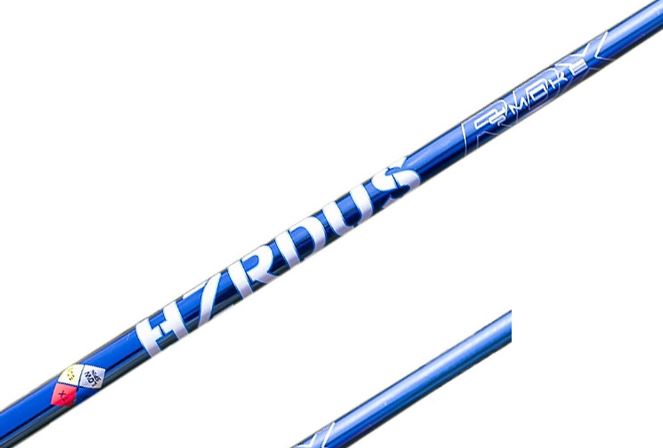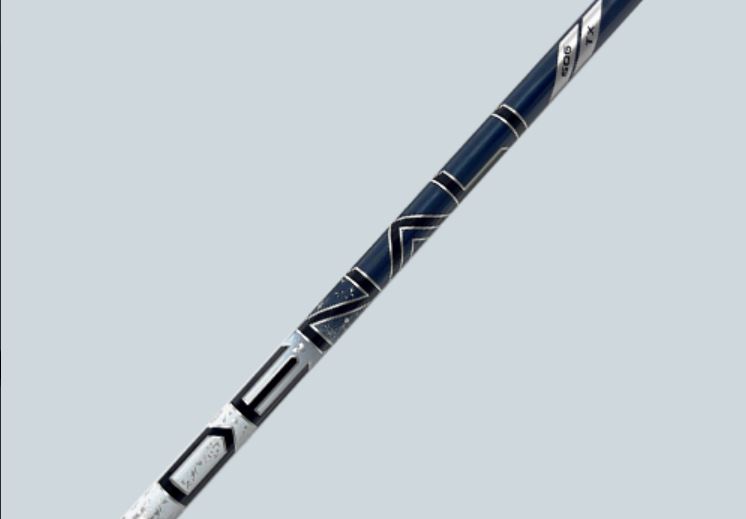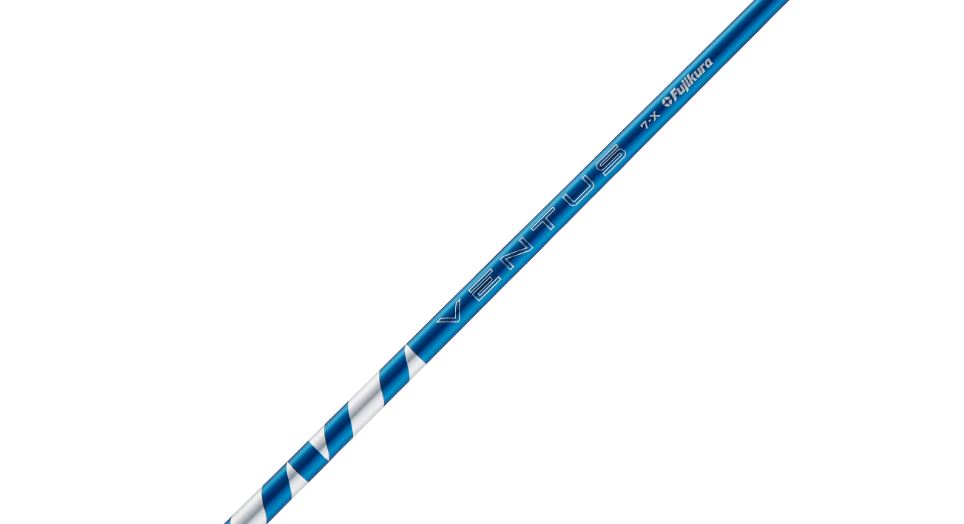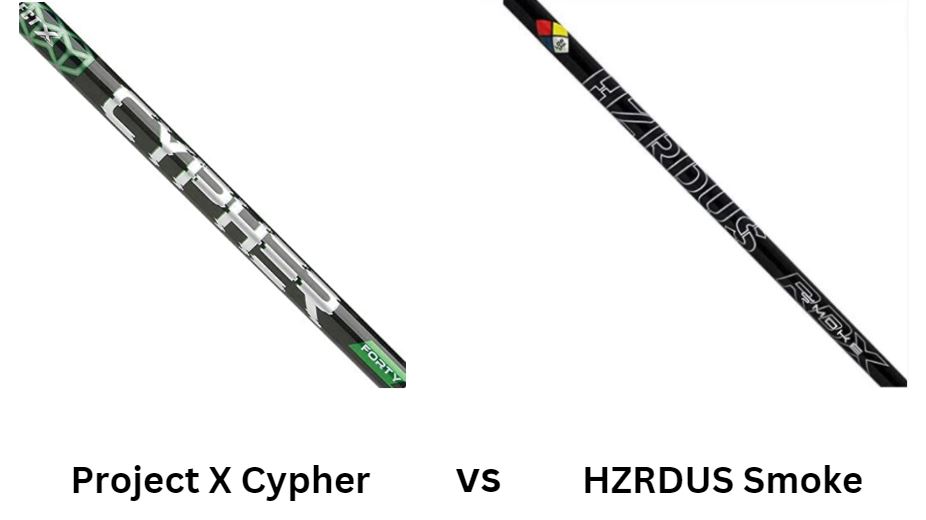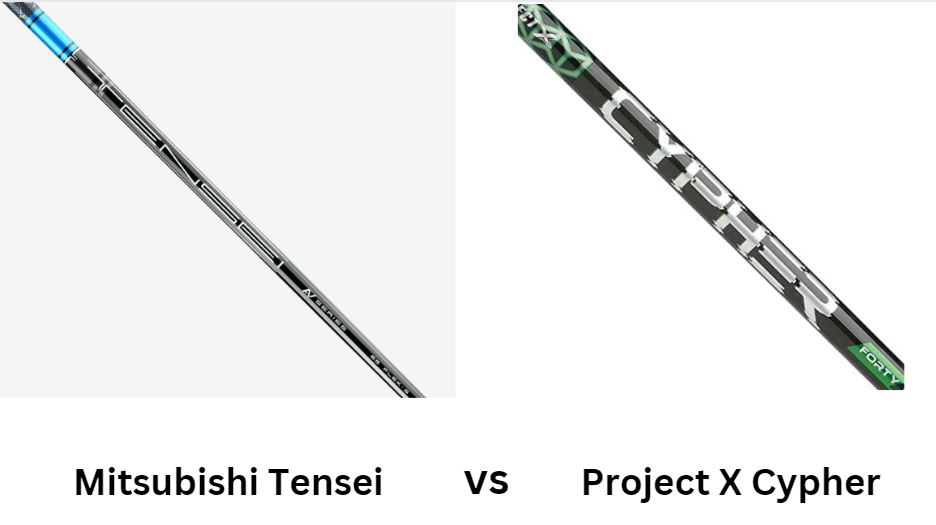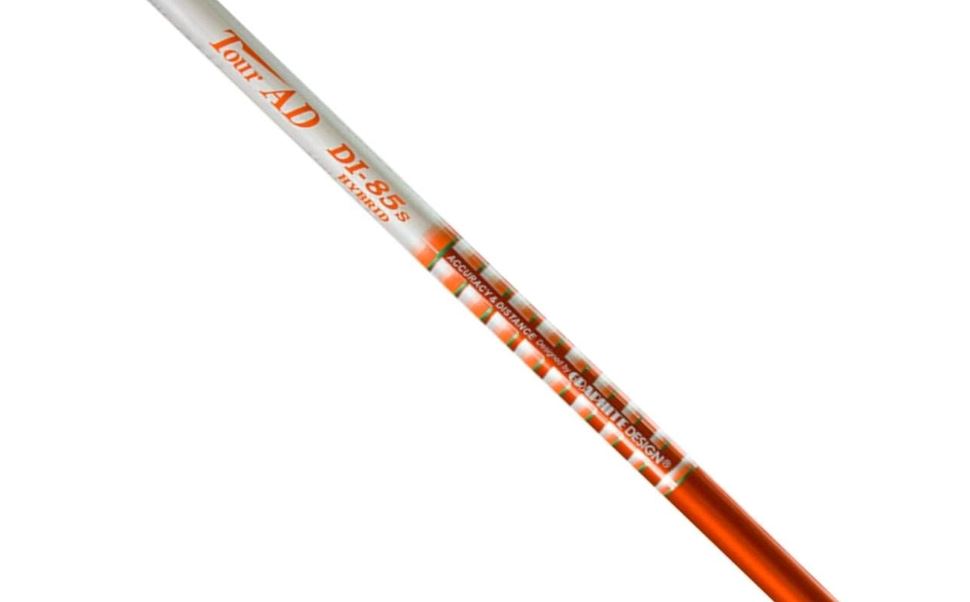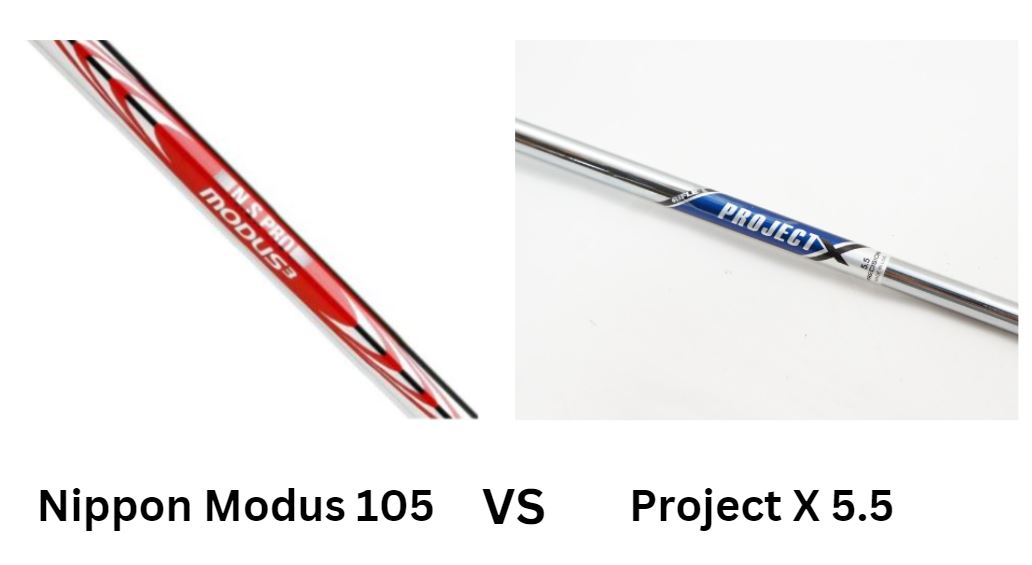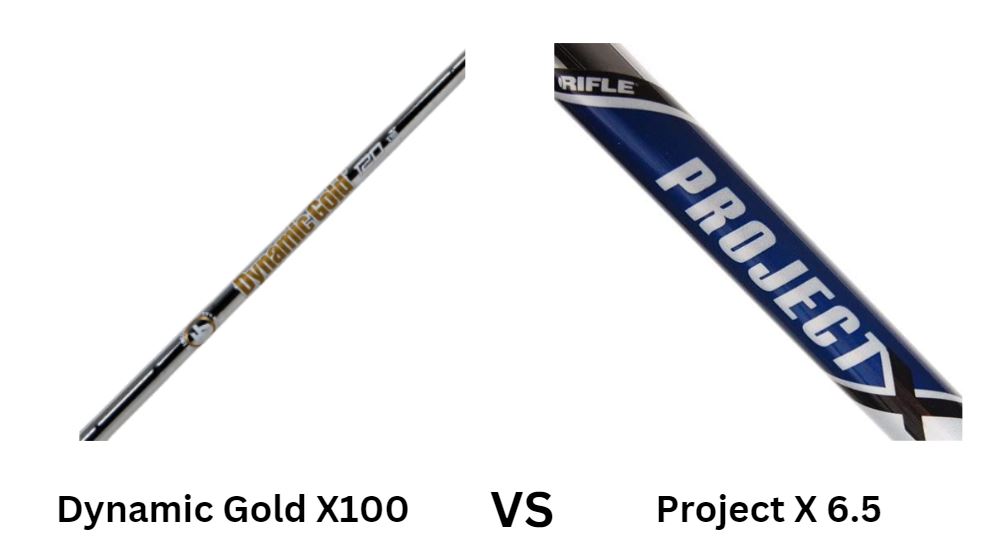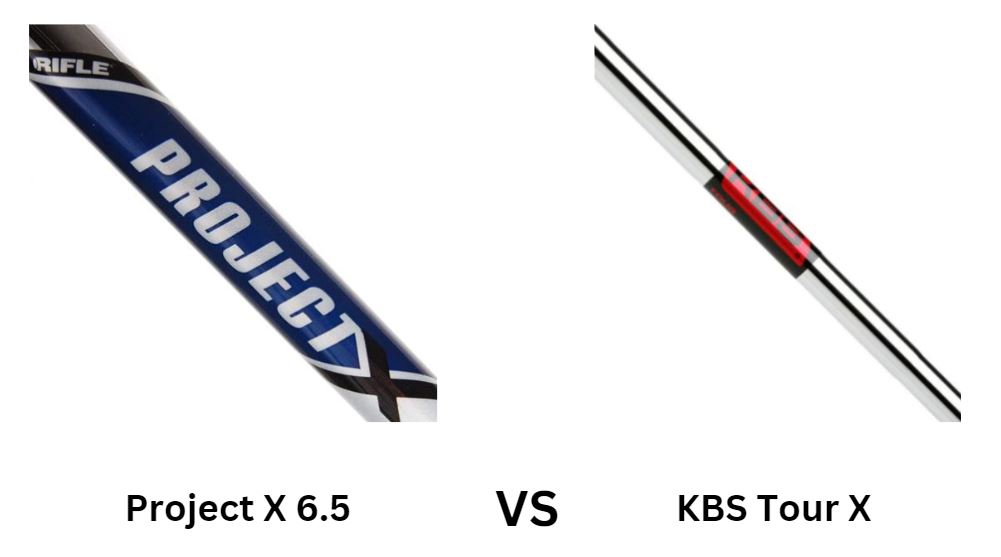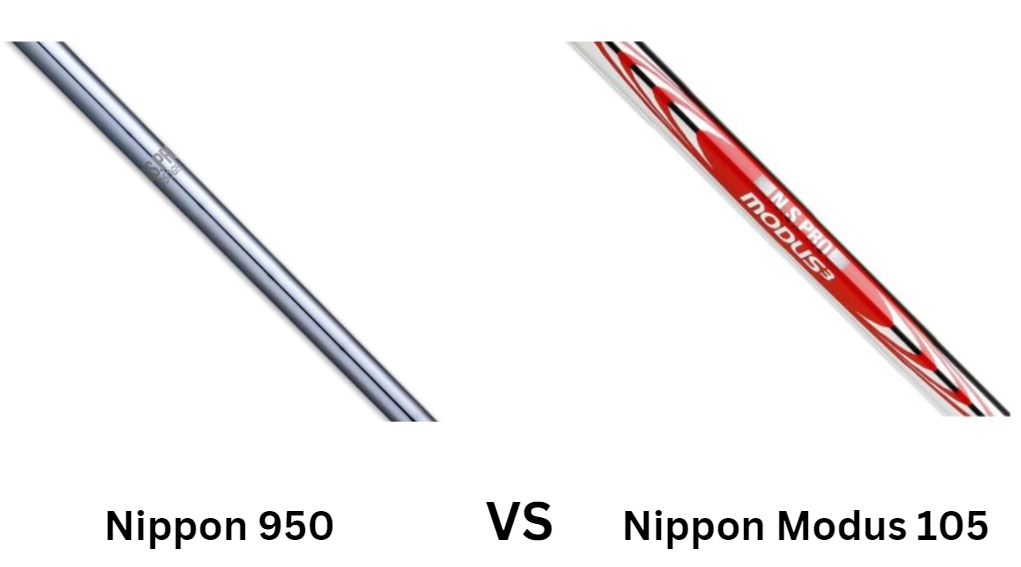Project X HZRDUS Smoke Blue RDX Shaft Review – Specs, Flex, Weight
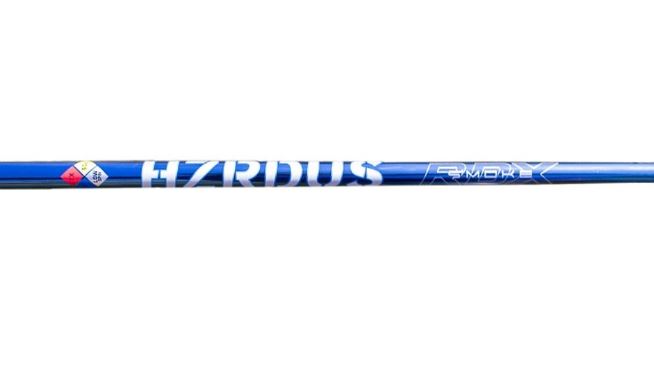
There are a lot of ways that you can improve your drive distance.
Of course, improving your swing (speed, tempo etc.) is the most obvious way. But your gear has a lot to do with how many yards you’re covering from the box.
The fact that there are many ways to improve distance is a good thing.
The not-so-good thing is that it can be very hard to find the right gear combination to optimize your distance.
Your driver shaft, for example, will play a huge role in how much distance you are covering off the tee.
In the following review, we will be taking a look at a shaft that may help a large majority of golfers gain drive distance.
Project X HZRDUS Smoke Blue RDX Shaft Overview
Project X has really stepped up their game with the Project X HZRDUS Smoke Blue RDX.
And that’s not a surprise considering that Project X is a True Temper brand. For the Project X HZRDUS Smoke Blue RDX, HexTow carbon fiber is utilized to improve strength and stability.
HexTow carbon fiber is used by aerospace industries all over the world. As of now, it is one of the strongest and most consistent forms of carbon fiber you can get your hands on.
When we tested the Project X HZRDUS Smoke Blue RDX shaft we could tell that this carbon fiber was making a difference.
While this shaft has an active midsection, it never whips out of control. Instead, you get good assistance with smash factor and club head speed with the added bonus of a stable driver head.
Part of that stability has to do with the fact that the Project X HZRDUS Smoke Blue RDX shaft is counterbalanced. This means more mass is placed in the tip and the butt.
As a result, the tip and butt sections feel stiffer than the middle of the shaft. What you end up with is an active kick in the middle without the downside of club head unpredictability.
Why is the Project X HZRDUS Smoke Blue RDX So Popular?
It’s hard to argue with a shaft that provides more distance, consistency and stability.
We can only surmise that the Project X HZRDUS Smoke Blue RDX is so popular because it fits the needs of so many different kinds of players.
After all, who couldn’t use more distance, consistency and stability?
How Does the Project X HZRDUS Smoke Blue RDX Perform?
Let’s start with the numbers. After three swings apiece, our testers were averaging a carry distance of 261.1 yards with the Project X HZRDUS Smoke Blue RDX shaft.
Our spin rates lived in the 1800 RPM range. Divergence never exceeded 14 yards. For most of us, these were terrific figures.
It was clear that the Project X HZRDUS Smoke Blue RDX was producing improved club head speed for almost every member of our testing party.
You can feel the heft of the counterbalancing in the hands; yet the club head still seems totally manageable. We can see how the heavier grip section may actually turn some players off.
It’s something to keep in mind; but for most of us, it felt really nice.
The divergence wasn’t as tight as stouter, less active shafts we have tested; but in the end, that was really the only downside to this shaft.
After all, even 14 yards of divergence really isn’t that bad. In the end, there is a lot to love about this shaft and it’s hard to think of a player who couldn’t benefit from its performance.
Project X HZRDUS Smoke Blue RDX Shaft Specs
| Specs | Project X HZRDUS Smoke Blue RDX |
| Available flexes | Regular plus, stiff, extra stiff, tour extra stiff |
| Weight | 64g, 75g, 88g |
| Tip | .335” |
| Butt | .600”, .605”, .610” |
| Length | 46” |
What Flexes Are Available? What Swing Speeds Do They Suit?
Regular plus and stiff would be best for players in the 80 – 90 MPH range.
If you’re swinging your driver at or above 95 MPH, check out the extra stiff and tour extra stiff flex.
What Weights Are Available? What Swings Speeds Do They Suit?
If your swing speed is in the 80 – 90 MPH range, you will likely get along with the 64g or 75g version of this shaft.
The 88g version should be reserved for 100+ MPH swingers.
Why is it So Good? 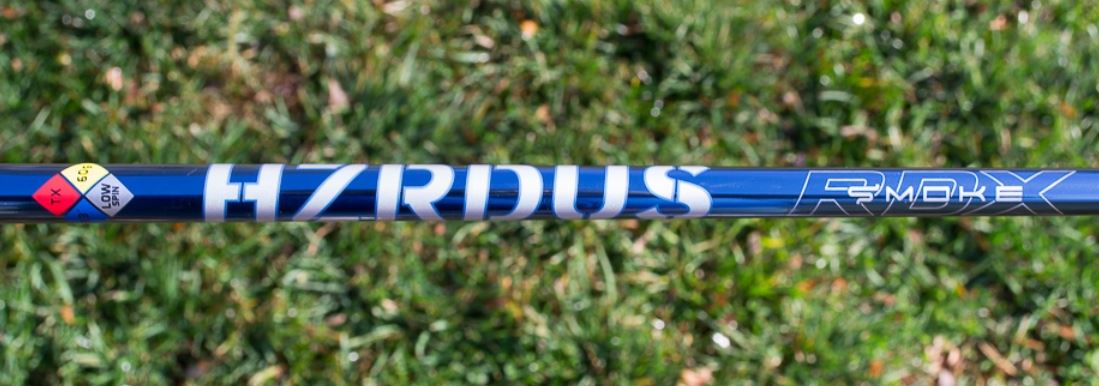
For us, the Project X HZRDUS Smoke Blue RDX resulted in instant improvements in distance.
The stability was on par with stouter, stiffer, heavier shafts as well.

